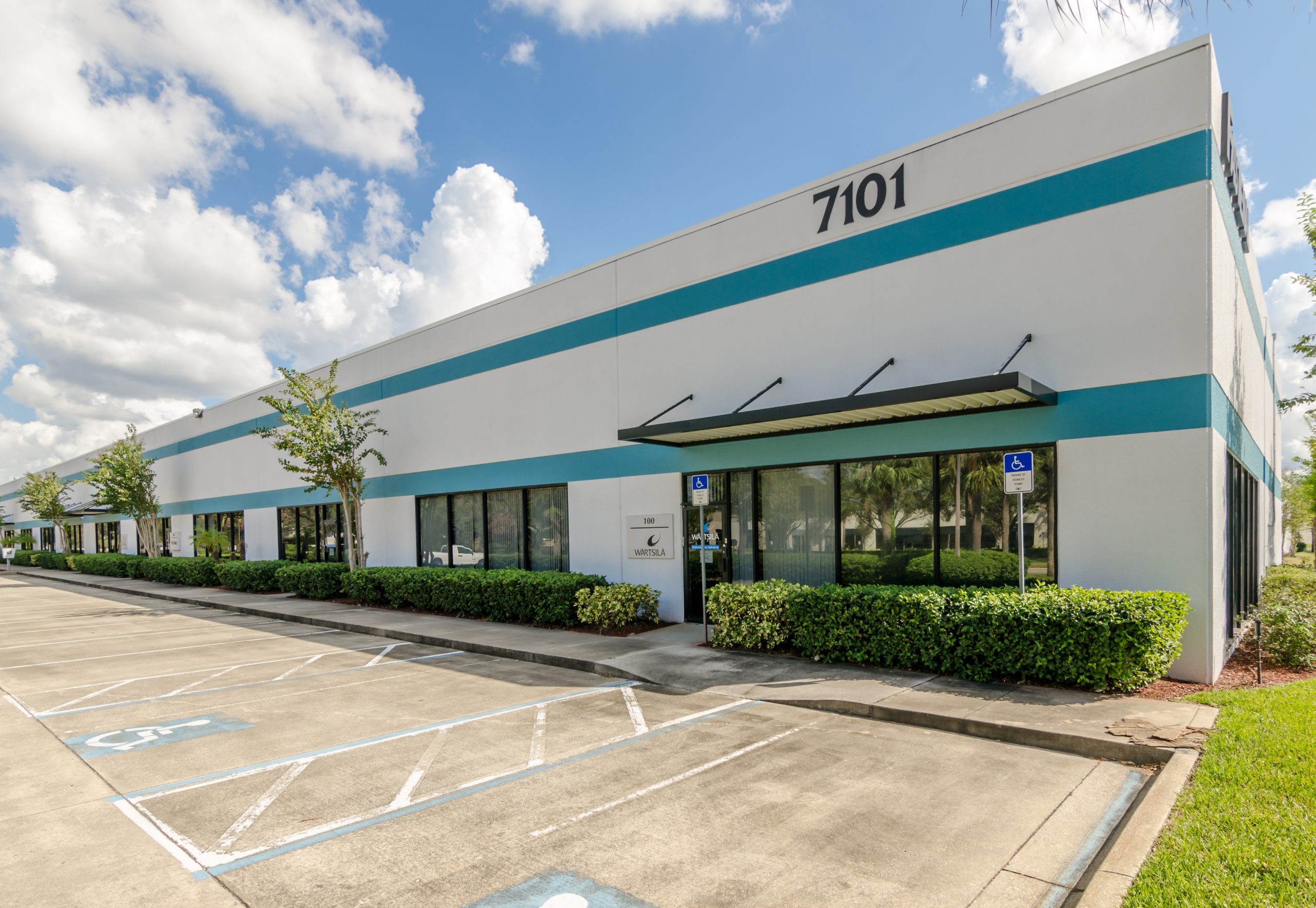
In a market characterized by economic uncertainty, rising interest rates, and evolving tenant demands, one real estate asset class continues to shine: multi-tenant shallow bay / flex industrial properties. Once considered a niche segment, these assets are now increasingly viewed by savvy investors as a high-performing, risk-mitigated alternative to traditional commercial real estate.
At Avistone, our investment strategy has long focused on acquiring and operating these types of properties – and for good reason. The fundamentals backing this asset class are stronger than ever.
What Are Shallow Bay / Flex Industrial Properties?
Before diving into the “why,” it’s worth defining the “what.”
Shallow bay /flex industrial properties are typically under 100,000 square feet with bay depths of 120 – 150 feet and multiple tenant suites, often with dock-high or grade-level loading. They offer a mix of warehouse, light manufacturing, and office space, giving tenants the flexibility to adapt their space to changing business needs.
These properties cater to a diverse tenant mix – from logistics companies and e-commerce distributors to local service providers and manufacturers – and are generally located near major metro areas or infill urban locations.
1. Resilient Demand and Strong Occupancy Trends
While the broader commercial real estate market faces headwinds, multi-tenant shallow bay and flex properties continue to maintain low vacancy rates.
According to research by CBRE and Cushman & Wakefield:
E-commerce, 3PLs, and local service businesses continue to drive this demand, and the shift toward just-in-time delivery and last-mile logistics further reinforces the value of well-located shallow bay assets.
2. Diversified Tenant Base = Reduced Risk
Unlike single-tenant industrial buildings where vacancy means zero income, multi-tenant properties spread risk across many tenants. A vacancy in one unit may only represent 5% – 10% of a property’s total income, reducing revenue volatility.
At Avistone, we target properties with 10 or more tenants across diverse industries, allowing for stable cash flow even during economic downturns.
Plus, shorter lease terms (typically 3–5 years) allow for:
3. Supply is Shrinking, Not Growing
One of the most compelling market tailwinds? New supply of shallow bay industrial is nearly nonexistent.
Why?
According to a report from Bisnow, shallow bay product makes up only 12% of industrial inventory in Atlanta and similar ratios exist in other markets. This limited supply, combined with high replacement costs, protects investors from new competition and helps support long-term rent growth.
4. High Rent Growth and Value-Add Upside
Because of this supply / demand imbalance, rents for smaller industrial spaces have surged:
At Avistone, we actively pursue value-add opportunities – acquiring properties with under-market rents, excessive office build-out, or deferred maintenance, and repositioning them to unlock higher income and long-term value.
5. Strategic Urban Locations for Last-Mile Demand
Flex and shallow bay industrial assets are often located within 5 to 20 miles of major metro centers, making them ideal for:
This access not only increases tenant desirability but also creates higher barriers to entry for new competition – there’s simply no land left in many infill markets.
6. Institutional Recognition and Capital Interest
Historically dominated by local operators, shallow bay and flex industrial assets are now attracting institutional attention:
This increased demand can contribute to cap-rate compression, boosting exit values for current owners.
7. Avistone’s Track Record in the Sector
With over a decade of experience in this asset class, Avistone has acquired more than 4 million square feet of multi-tenant industrial properties across top-performing U.S. markets.
What sets us apart?
A Rare Opportunity in an Evolving Market
As interest in industrial real estate continues to grow, multi-tenant shallow bay and flex properties stand out for their unique blend of:
In a market where traditional asset classes face increasing uncertainty, these properties offer a compelling alternative for investors seeking predictable cash flow with upside potential.
At Avistone, we remain bullish on this sector – and we invite you to explore how this strategy can work for your portfolio.